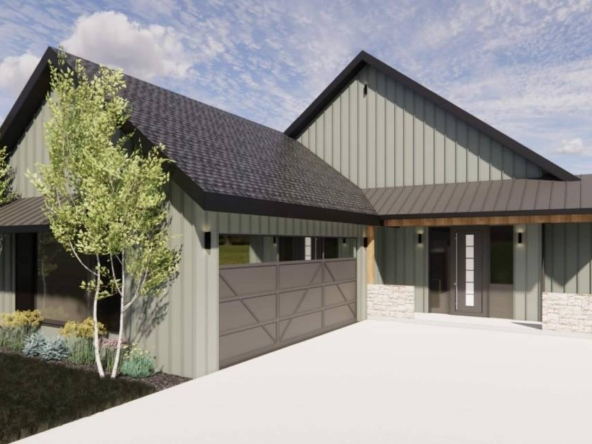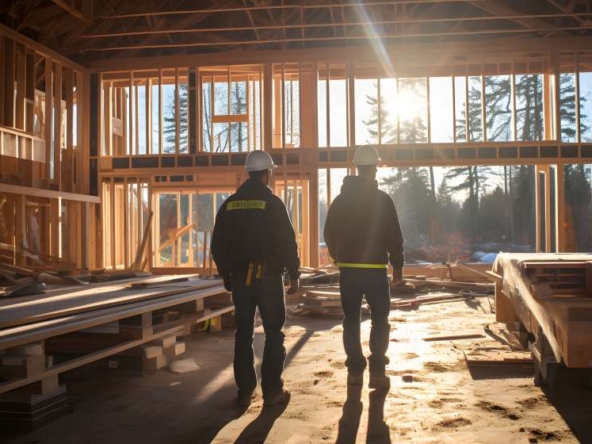Congratulations on your journey to becoming a new home owner! Now comes the not-so-glamorous part: figuring out insurance. Homeowners insurance protects your investment – your house and its contents – from a variety of threats. But with different policy types and options, navigating the homeowners insurance maze can feel overwhelming. Fear not, this guide will break down the most common types of homeowners insurance to help you choose the right coverage for your shiny new
digs.
The Major Players: HO-1, HO-2, HO-3 (and More!)
Homeowners insurance comes in different flavors, each with varying levels of coverage. Here’s a breakdown of the most common ones:
- HO-1 (Basic): This is the most limited coverage, protecting your home from specific perils like fire, lightning, and theft. It’s becoming less common due to its limited scope.
- HO-2 (Broad): Offers more coverage than HO-1, including additional perils like falling objects and weight of ice/snow. Still, it might not be enough for everyone.
- HO-3 (Special Form): This is the most popular choice. It covers your dwelling and other structures (garage, shed) from all risks except those specifically excluded (earthquake, flood). It also covers personal belongings from named perils.
HO-3: A Deep Dive
HO-3 is the most common for a reason – it offers a good balance of protection and affordability. Here’s a closer look:
- Dwelling Coverage: This covers the structure of your house, from the foundation to the roof, in case of damage from covered perils. Other Structures Coverage: Protects detached structures like garages or sheds.
- Personal Property Coverage: Covers your belongings (furniture, clothes, electronics) in case of damage or theft from named perils (fire, theft, vandalism, etc.).
- Loss of Use Coverage: If your home becomes uninhabitable due to a covered peril, this helps pay for additional living expenses (hotel, meals).
- Personal Liability Coverage: Protects you if someone gets injured on your property and sues you.
Choosing Your Coverage Level:
The right amount of coverage depends on your home’s value, your belongings, and your risk tolerance. Here are some factors to consider:
- Value of Your Home: The higher the value, the more coverage you’ll likely need.
- Value of Your Belongings: Do you have expensive jewelry, artwork, or electronics? You might need additional coverage.
- Location: Is your area prone to certain risks (floods, earthquakes)? You may need separate policies for these perils.
Remember:
- Replacement Cost vs. Actual Cash Value: Replacement cost coverage pays to rebuild your home at today’s cost, while actual cash value considers depreciation. Replacement cost is generally recommended.
- Deductible: This is the amount you pay out of pocket before insurance kicks in. A higher deductible lowers your premium but means you’ll pay more upfront in case of a claim.
Beyond the Basics:
- HO-4 (Renters Insurance): If you’re a renter, you’ll need renters insurance to cover your belongings.
- HO-5 (Comprehensive): This high-end policy offers broader coverage for both your dwelling and belongings, often with higher coverage limits.
- HO-6 (Condominium Unitowners): This covers your personal belongings and improvements you’ve made to your condo unit.
Don’t Get Lost in the Maze!
Talk to a qualified insurance agent. They can assess your needs and recommend the right policy type and coverage amount. By understanding the different options, you can confidently choose the homeowners insurance that protects your new home and gives you peace of mind.




